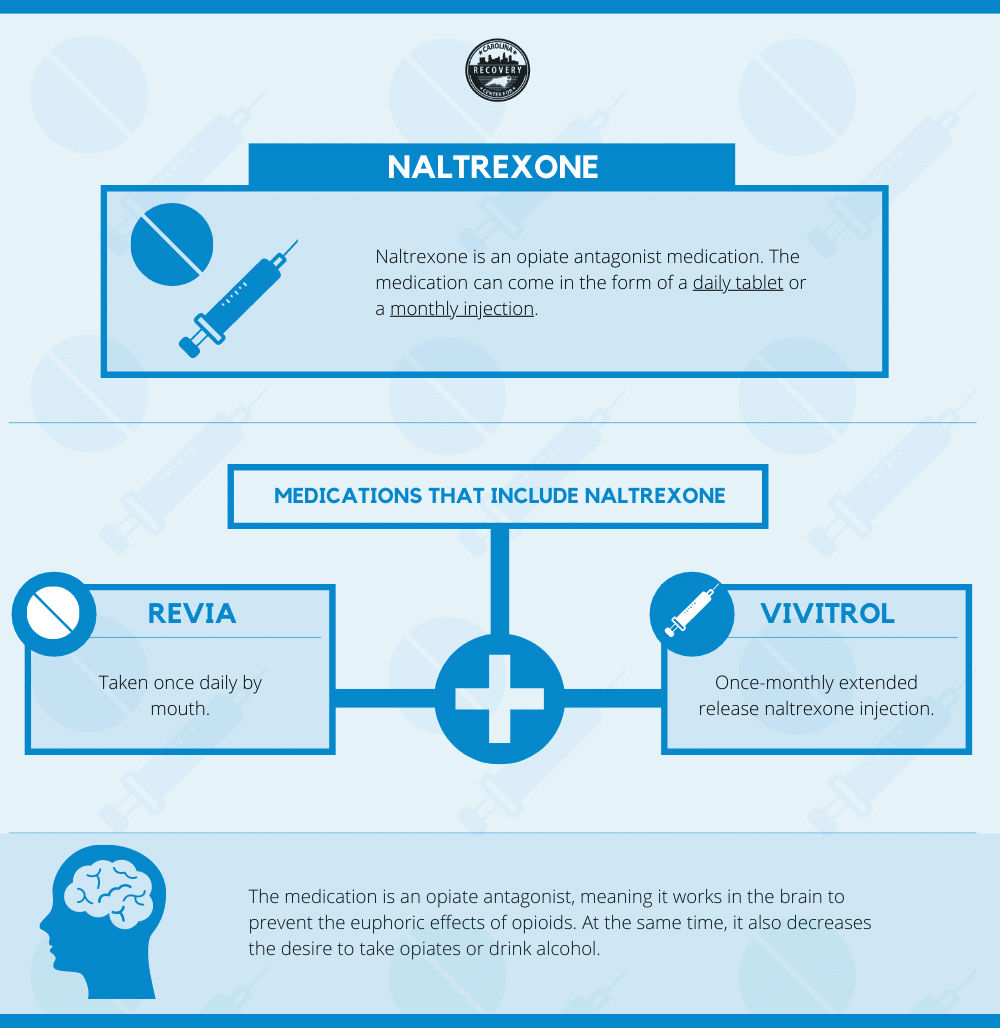What is Precipitated Withdrawal?

Medically Verified: 2/1/24
Medical Reviewer
Chief Editor

All of the information on this page has been reviewed and verified by a certified addiction professional.
Opioid medications have an incredible ability to relieve severe pain. However, these medications are known to be habit-forming and highly addictive. In fact, in 2017 it was estimated that more than 2 million individuals had an opioid use disorder while 11 million people reported misusing opioids. With that being said, opioid medications are known as highly addictive substances and have begun a national opioid crisis. If you are familiar with opioid addiction, you may have heard of precipitated withdrawal.
Opioids include prescription medications such as oxycodone, Vicodin, and morphine, as well as illegal substances such as heroin. All of the mentioned drugs belong to the same class and therefore, produce similar effects on the human brain and body. Opioids relieve pain by sending a flood of dopamine, producing a euphoric high that becomes addictive over time. Once an individual begins routinely taking opioids, the brain starts to adapt to having the substance circulating through its neural pathways and throughout the body. Additionally, using opioids frequently will result in the development of tolerance. In other words, individuals will have to take more of the drug in order to produce the desired effect.
Addiction to any substance, such as alcohol or drugs, is a lifelong condition that requires a multidimensional treatment approach. For example, treating addiction requires a combination of behavioral therapy, counseling, and medication management. Opioid addiction is best treated through the use of opioid replacement medication referred to as medically-assisted treatment (MAT). MAT is best suited for helping those in recovery for addiction avoid withdrawal symptoms, decrease cravings, and reduce the risk of relapse. However, misusing these medications may result in a condition known as precipitated withdrawal.
What is Precipitated Withdrawal?
During opioid addiction treatment, individuals may be prescribed opioid replacement medications such as Suboxone, Subutex, and Naltrexone. These medications help individuals transition from opioid addiction to sober living. Subutex and Suboxone are medications made from buprenorphine, a drug that activates the brain’s opioid receptors. Buprenorphine is intended to alleviate withdrawal symptoms while helping patients achieve sobriety from opioid drugs. On the other hand, Naltrexone blocks opioid receptors rather than activating them. This is done in order to reduce opioid drug cravings and allow individuals to focus on their recovery.


Precipitated withdrawal occurs when an individual takes one of the previously mentioned medications without adequately detoxing off of opioids. Taking these medications too early in the recovery process will cause sudden and severe withdrawal symptoms to occur. As a result, individuals will have an increasingly difficult recovery, possibly resulting in a relapse.
To explain further, withdrawal symptoms are always a part of the recovery process of any addiction. Withdrawal symptoms vary from person to person and are different depending on which type of drug the individual was abusing. Opioid withdrawal symptoms are known to be incredibly intense and painful, but they typically are not fatal. However, when an individual develops precipitated withdrawal their symptoms become increasingly worse. For example, precipitated withdrawal symptoms include excessive vomiting and diarrhea, intense sweating, and other severe side effects.
Unfortunately, these intense symptoms may cause health problems such as dehydration and electrolyte imbalance, typically requiring hospitalization. In order to avoid this, it is vital to seek treatment from a team of experienced opioid addiction counselors and doctors.
The How and Why of Precipitated Withdrawal
Precipitated withdrawal occurs when an individual begins a MAT program without properly detoxing off of opioids beforehand. To explain, opioid replacement medications are meant for individuals who have gone through a full and successful detox from their opioid of abuse. If an individual does not complete detox before taking MAT medications, precipitated withdrawals will become artificially induced. To avoid precipitated withdrawals, patients must have the correct amount of time between their last dose of opioids and their first dose of medication such as Naltrexone or Suboxone.
Furthermore, popular opioid replacement drugs such as Suboxone bind to the brain’s opioid receptors. During opioid addiction, these receptors become fully activated, causing the effects of the drug to take place. When an individual is taking opioid replacement drugs, receptors are activated on a smaller scale. As a result, these medications do not cause the same intense euphoria that opioids such as oxycodone or heroin produce. As a result, opioid replacement medications reduce opioid withdrawal symptoms and stop opioid cravings.
In a different manner than Suboxone, Subutex, and Buprenorphine, Naltrexone also holds the potential to cause precipitated withdrawals. Naltrexone is similar to buprenorphine as it alleviates cravings for drugs and also blocks the high someone receives when they take opioids. However, Naltrexone does not reduce opioid withdrawal symptoms as buprenorphine does. Naltrexone causes precipitated withdrawals when individuals take the medication too soon. Additionally, individuals may experience precipitated withdrawals when switching from buprenorphine to Naltrexone.
Symptoms of Precipitated Withdrawal
Precipitated withdrawal will occur suddenly and severely. If an individual receives precipitated withdrawal from Suboxone, symptoms can start in one to two hours after the first Suboxone dose. Typically, these symptoms will subside within several hours, possibly lasting as long as a day. Naltrexone-induced precipitated withdrawals can begin in as little as a few minutes, and continue for up to two days.
The symptoms of precipitated withdrawal have the potential of making individuals incredibly sick. Unfortunately, these symptoms are more intense and severe than the typical symptoms of opioid withdrawal. In precipitated withdrawal, the symptoms are similar to opioid withdrawal symptoms, however, they are far more pronounced. The most common symptoms of precipitated withdrawal include:

- Abdominal pain
- Nausea and excessive vomiting
- Excessive diarrhea
- Severe muscle aches and pains
- Altered perception and confusion
- Fever
- Low blood pressure and elevated heart rate
- Headaches
- Anxiety and agitation
- Fever, sweating, and chills
Withdrawal timelines will always differ from person to person. The same applies when enduring precipitated withdrawal. An individual’s overall health, metabolism, as well as the duration and severity of their opioid addiction can influence the timeline ad severity of precipitated withdrawals.
Get Help Now
If you or a loved one are suffering from opioid addiction, now is the time to seek help. Opioid addiction is a lifelong disease that must be treated within a medical and professional opioid addiction treatment facility. Contact Carolina Recovery Center today to learn more about opioid addiction, precipitated withdrawals, and how recovery is possible.

